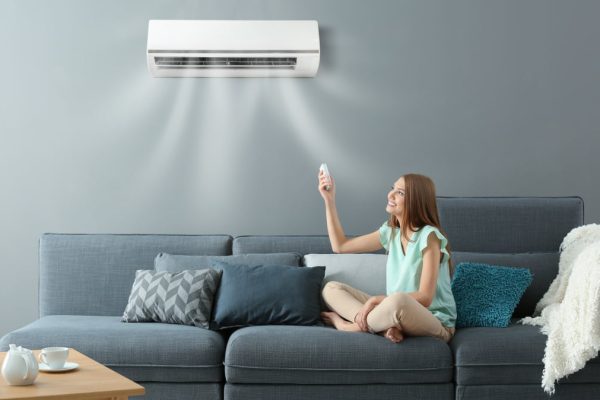Rooftop fall protection systems are a key aspect of workplace safety, particularly in industries where employees are required to operate at elevated heights. From construction sites to industrial complexes, these systems play a pivotal role in safeguarding workers against the dangers of falls and mitigating the risk of serious injuries or fatalities.
Understanding Rooftop Fall Protection Systems
Rooftop https://shineonanchors.com/fall-protection-systems/ include a range of equipment and measures designed to prevent falls from elevated surfaces, such as roofs, platforms, or ledges. These systems are carefully designed to provide a secure environment for workers who perform tasks at heights, offering both passive and active forms of protection. Passive systems include guardrails, safety nets, and barriers, which serve as physical barriers to prevent accidental falls. Active systems comprise personal fall arrest systems (PFAS), such as harnesses and lanyards, which arrest a fall in progress, thereby minimising the impact on the worker.
Components and Operation of Rooftop Fall Protection Systems
A typical rooftop fall protection system consists of several key components, including anchorage points, lifelines, connectors, and body harnesses. Anchorage points serve as secure attachment points for lifelines or lanyards, while lifelines provide a means for workers to move freely while remaining tethered to a particular structure. Connectors, such as carabiners or hooks, facilitate the attachment of the lifeline to the worker’s harness. In the event of a fall, the system activates, arresting the worker’s descent and thus preventing them from hitting the ground.
Types of Rooftop Fall Protection Systems
Rooftop fall protection systems can be designed to suit the specific requirements of different workplaces. Horizontal lifeline systems, for instance, are ideal for environments where workers need to move horizontally along a roof or platform. Vertical lifeline systems, on the other hand, are suitable for tasks that involve descending or ascending a structure, such as maintenance work on high-rise buildings. In addition, guardrail systems provide a passive form of protection by creating a physical barrier along the edges of rooftops or elevated platforms.
Regulatory Compliance and Training
Most countries have put in place stringent regulations and guidelines pertaining to workplace safety, including the use of rooftop fall protection systems. Employers are mandated to conduct thorough risk assessments, implement appropriate control measures, and provide comprehensive training to workers who may be exposed to fall hazards. Furthermore, regular inspections and maintenance of fall protection equipment are essential to ensure their effectiveness and compliance with regulatory standards.





